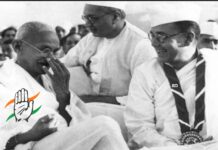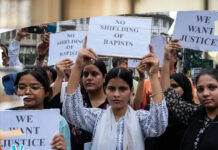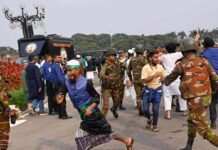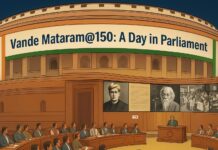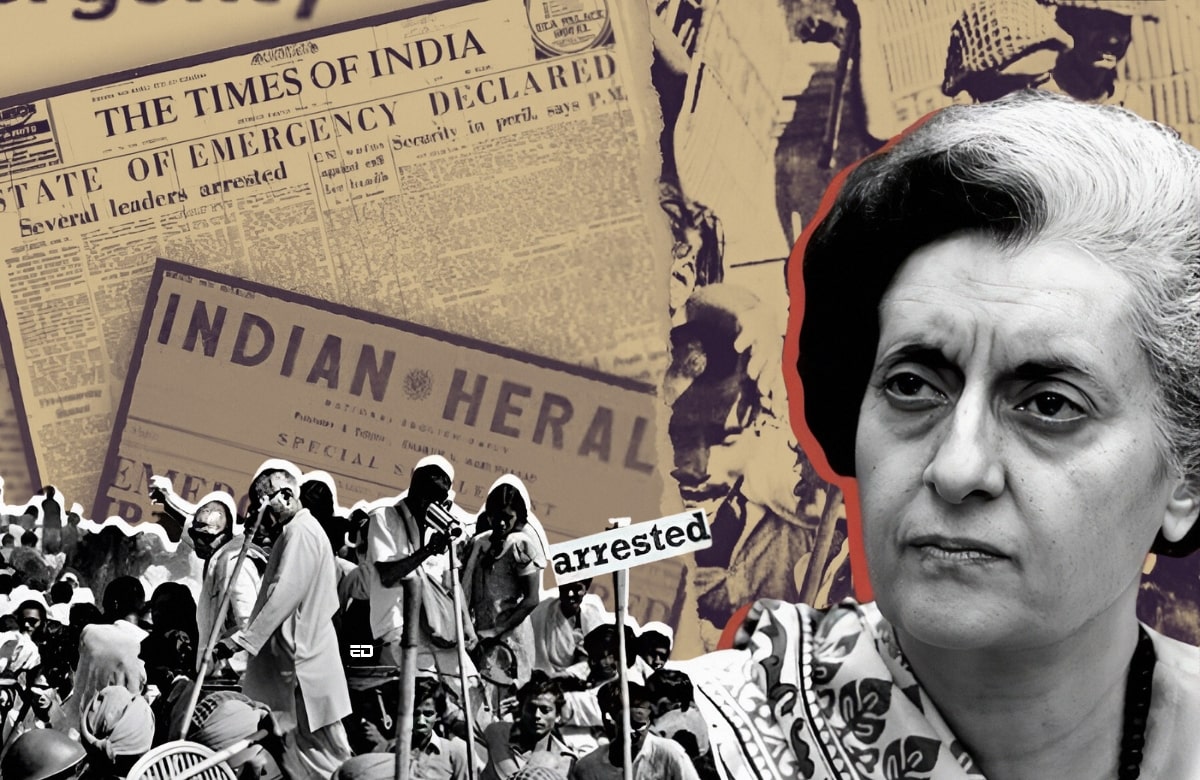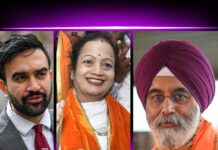Articles 352-360 of the Indian Constitution have an Emergency provision that converts a Federal Government to a unitary government during abnormal circumstances.
There are three kinds of emergencies, National Emergency, State Emergency, and Financial Emergency.
National Emergency occurs when the country is at war with another country or is under a threat of external aggression; State Emergency takes place when the Centre takes over the functioning of a particular state and the state government ceases to work; and Financial Emergency happens if the President feels that the financial stability of the country or a part of it is threatened.
A state of emergency has been declared thrice in India. Here is everything you need to know about them.
October 26, 1962:
The very first National Emergency was declared on October 26, 1962, due to Chinese hostility in the Northeast Frontier Agency (NEFA). Announced by PM Jawaharlal Nehru in October 1962 and ended in January 1968.
This emergency was a result of external regression, as the security of India was threatened due to the war with China. Moreover, about 200 opposition leaders were arrested for acting against the country’s national interest.
December 3, 1971:
The second emergency was declared on December 3, 1971, due to the Indo-Pakistan war. Pakistan launched a series of air strikes against Indian air bases, resulting in the onset of the third war between the two countries.
This war led to the formation of a new country, Bangladesh. Thus, a state of emergency was announced because of external aggression putting the lives of Indian citizens at stake.
This emergency extended with a third proclamation that was imposed on June 25, 1975.
Read More: In Pics: Indian Politicians Who Have Been Slapped In Public
June 25, 1975:
The Indira Gandhi-led-Congress government declared a state of emergency in India on June 25, 1975, due to “internal disturbance”. It was issued by the then President Fakhruddin Ali Ahmed. The period lasted for 21 months and was one of the darkest periods in modern Indian history.
This move shook the entire nation and was announced in a broadcast on All India Radio after the Supreme Court (SC) granted a conditional stay on the Allahabad High Court verdict, declaring Prime Minister Indira Gandhi’s election to the Lok Sabha null and void, debarring her from the parliamentary proceedings by the Supreme Court.
Indira Gandhi was elected as the prime minister in January 1966. The Congress split at the end of 1969 after she was expelled for violating party discipline. Political unrest and demonstrations surged between 1973-75 against her government and Raj Nairan, a political opponent, launched a complaint of electoral fraud against her. It was in 1975 that she was found guilty by the SC and the emergency was declared.
During this period, civil liberties were suspended, strict censorship was imposed on the press, and mass forced sterilisation programs took place which were spearheaded by her son, Sanjay Gandhi.
Indira Gandhi called for fresh elections in January 1977.
Image Credits: Google Images
Feature image designed by Saudamini Seth
Sources: The Economic Times, The Print, The Indian Express
Find the blogger: Unusha Ahmad
This post is tagged under: Indira Gandhi, elections, emergency, State Emergency, national emergency, financial emergency, Constitution, India, Jawaharlal Nehru, PM, Sanjay Gandhi, 1975, sterilization, censorship, press, arrest, Raj Nairan, electoral, fraud, SC, Allahabad High Court, verdict, Lok Sabha, parliamentary, history, President, Fakhruddin Ali Ahmed, Bangladesh, China, Pakistan, war, 1975, 1971, opposition, leaders, NEFA, national interest, government
Disclaimer: We do not hold any right, or copyright over any of the images used, these have been taken from Google. In case of credits or removal, the owner may kindly mail us.





